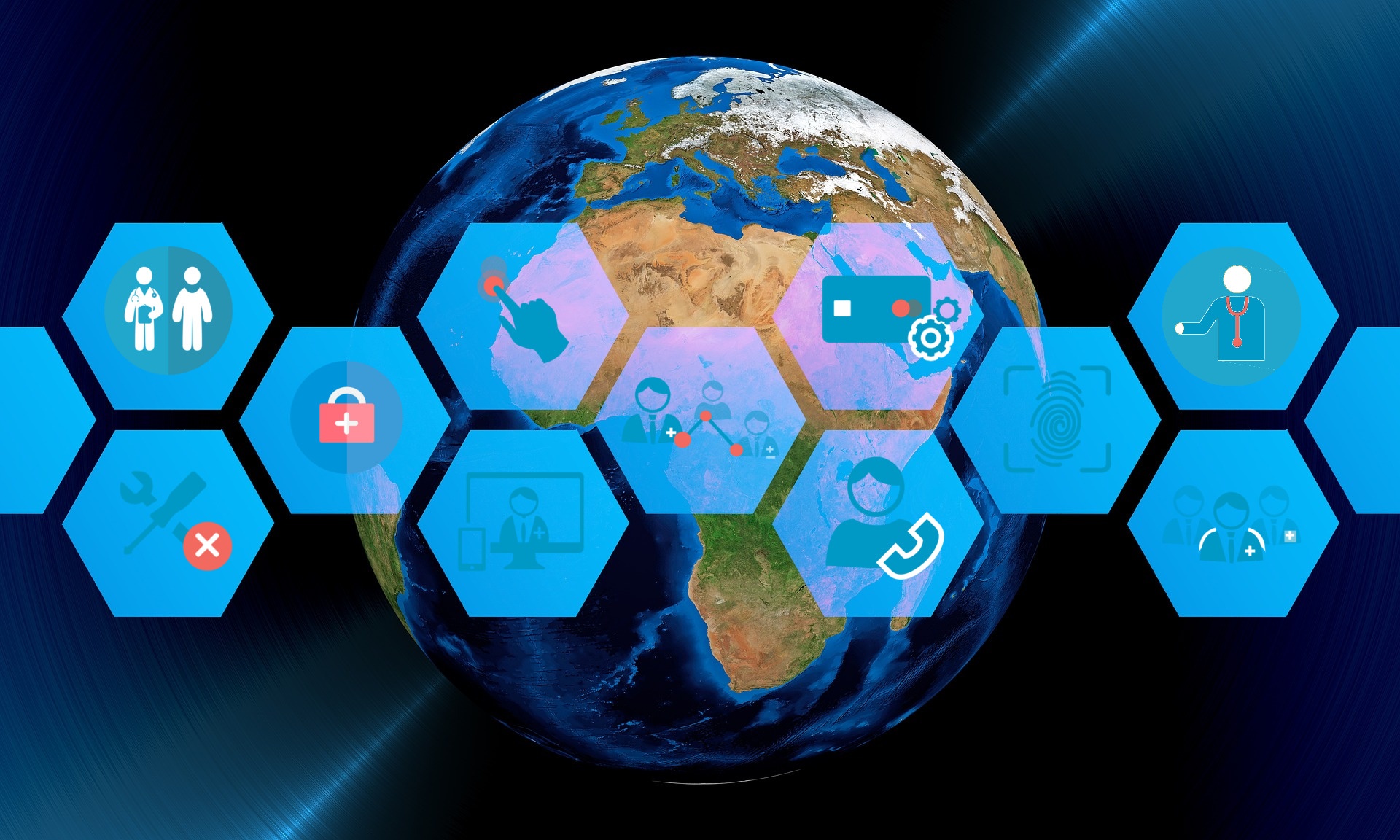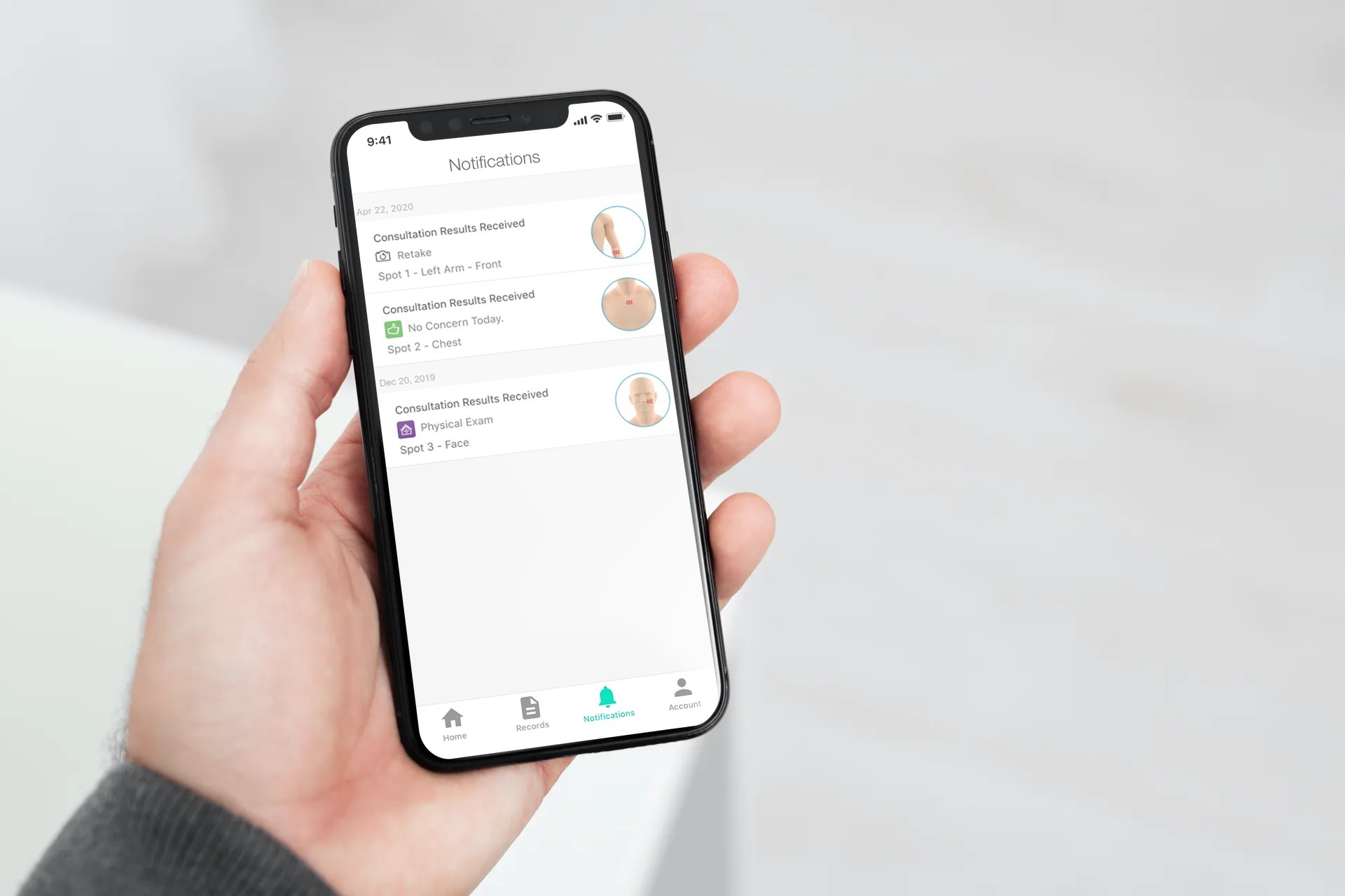Teledermatology in 2021: Implications, Growth, and Best Practices
Teledermatology experienced an unprecedented rate of growth in 2020 as COVID-19 forced medical professionals to seek alternative means in providing quality care while limiting the risks associated with in-clinic visits. Driving a new standard of care, what will teledermatology services look like in 2021?
Teledermatology: Where Are We Now?
Since March of 2020 when the pandemic began to take hold in North America, telehealth visits have become the new norm. Only one example, the United States’ largest healthcare system, Mayo Clinic, reported a nearly 80% reduction in in-person visits in July compared to the same time in 2019. Similarly, the company experienced a 10,880% increase in video appointments in the same time frame. Clearly, this indicates that telemedicine services such as teledermatology have been quick to become the standard of care for non-urgent cases, but with such rapid adoption, what unforeseen consequences have arisen?
Challenges Brought By Abrupt Adoption
Security and Privacy Concerns
Arguably one of the most significant changes to the healthcare system brought about by COVID-19 is that HIPAA (the Health Insurance Portability and Accountability Act) now temporarily allows medical professionals to provide care services using systems that are not fully compliant (such as FaceTime and Zoom) in order to accommodate the rapid onset of telehealth-based cases. Although a short-term solution, it has not been without its faults, as industry experts criticize privacy and security flaws of systems that are poorly equipped for the specific needs of healthcare.
Generational Care Gap
Previous research has consistently shown that seniors (those aged 65+) have lower adoption rates for home-based care tools, such as apps and wearable devices. In fact, one study found that as many as 38% of Americans were not ready for video-based care visits. Since that time research suggests that this demographic is embracing these technological changes, with a 300% increase in utilization during 2020. Although a promising indication, many seniors may still struggle to receive care due to lack of experience with technology, or a disability.
The Need For Long-Term, Profitable Utilization
As COVID-19 presses on into 2021, it’s time for medical professionals to look for a solution that better addresses both them and their patients’ needs. Although an end to the pandemic may be within sight, industry experts confirm that telemedicine is here to stay. Once HIPAA’s stringent healthcare policies are reinstated, healthcare professionals will need to begin utilizing a system that fully meets these requirements. Rather than lose months, or even years documenting patient data on disjointed, non-compliant systems, practices must adopt scalable software specifically designed to meet the demanding needs of healthcare systems.
Similarly, without a proper onboarding and training process, many patients will be left wondering “how” or “why” they should use a telehealth system. Instead, medical professionals should seek organizations that offer a turnkey onboarding process that supports the practice from implementation with their staff, all the way to patient utilization and support.
DermEngine: Addressing The Current Needs of Dermatologists
Specifically designed to meet the stringent security and regulatory needs associated with the healthcare industry, DermEngine offers a variety of attractive features that readily meets the needs of dermatologists in today’s unique market:
Multiple teledermatology service options: Store-and-forward as well as video consultation services are readily available for doctors to use depending on their practice’s needs.
Connected patient app: Patients have the opportunity to capture and submit images to a dermatologist in their area using Skin App so doctors can limit unnecessary in-clinic visits while expediting care.
Stringent security features: DermEngine matches or exceeds all regulatory expectations for GDPR and HIPAA to become a long-term dermatology software solution for doctors and their patients.
Scalable usage: Whether your practice has one doctor, or 100, DermEngine offers a variety of payment options complete with in-app branding and marketing assets for a fully customizable experience.
Intelligent features: In addition to offering teledermatology services, the platform offers a suite of artificial intelligence-based tools to support the clinical decisions of its doctors.
Conclusion
Telehealth has come a long way in a short period of time. Although a measurable feat, it isn’t without its challenges. Medical professionals need to begin recognizing the long-term potential (as well as consequences) of teledermatology utilization within their practice, and begin molding their services to better address these gaps. Only some challenges discussed in this article were security and privacy, low utilization by seniors, and scalability. Although 2021 has only just begun, it is clear that it will be a landmark year for at-home dermatology services.
-The DermEngine Team
Citations:
- https://www.liebertpub.com
- https://healthitsecurity.com/news
- https://jamanetwork.com/journals/jamainternalmedicine
- https://www.mobihealthnews.com/news
- https://pubmed.ncbi.nlm.nih.gov
Topics: Dermatology Patient Management MetaOptima Telehealth Teledermatology Telemedicine Teledermatology Platform Teledermatology Services Advanced Teledermatology Dermatology Software Teledermoscopy Teledermoscopy Software Maryam Sadeghi Best Teledermoscopy News & Events serial imaging Intelligent Dermatology Skin Cancer App






